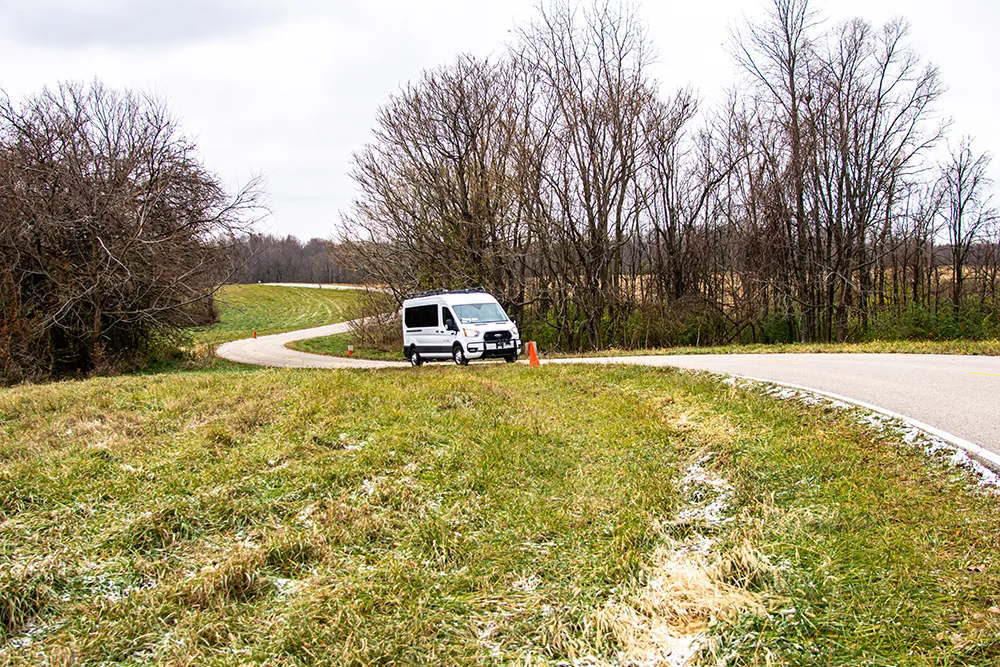Ford is introducing technology that can automatically brake for pedestrians at night; the pedestrian detection system processes information from a radar located in the bumper and a windshield mounted camera; while a database of pedestrian shapes enables the system to distinguish people from objects such as trees and road signs.
The camera delivers more than 30 snapshots every second and the video live-feed and viewing angle enables the system to pick out pedestrians, even in low-light conditions, illumin
March 17, 2017
Read time: 1 min
The camera delivers more than 30 snapshots every second and the video live-feed and viewing angle enables the system to pick out pedestrians, even in low-light conditions, illuminated only by the headlights.
If the system detects an imminent collision with a pedestrian, it first provides audible and visual warnings to the driver. Should the driver not respond, the system automatically applies the brakes.
Later this year, the technology will be introduced on the next-generation Fiesta in Europe. In North America, the new technology will debut on the 2018 Ford F-150 and 2018 Ford Mustang.










